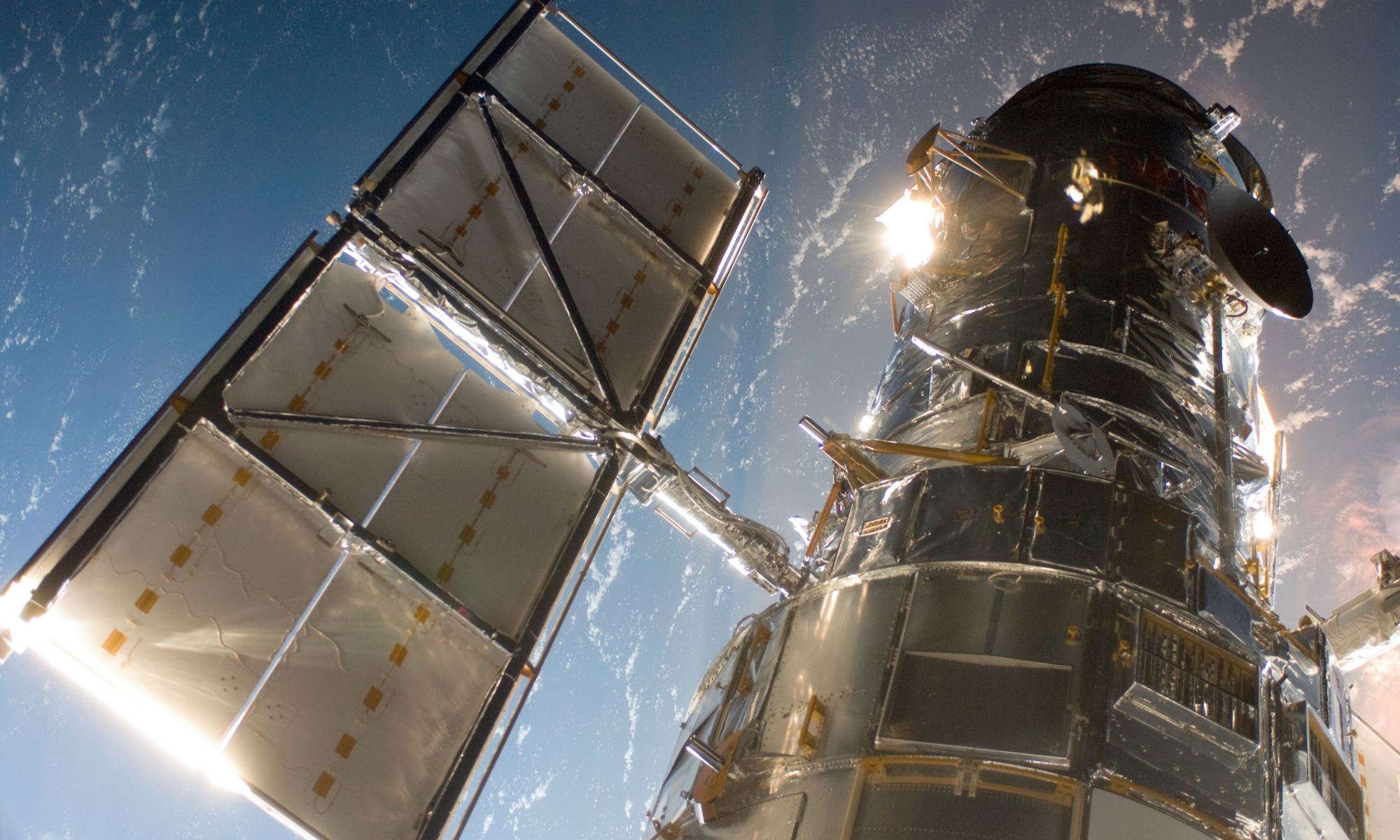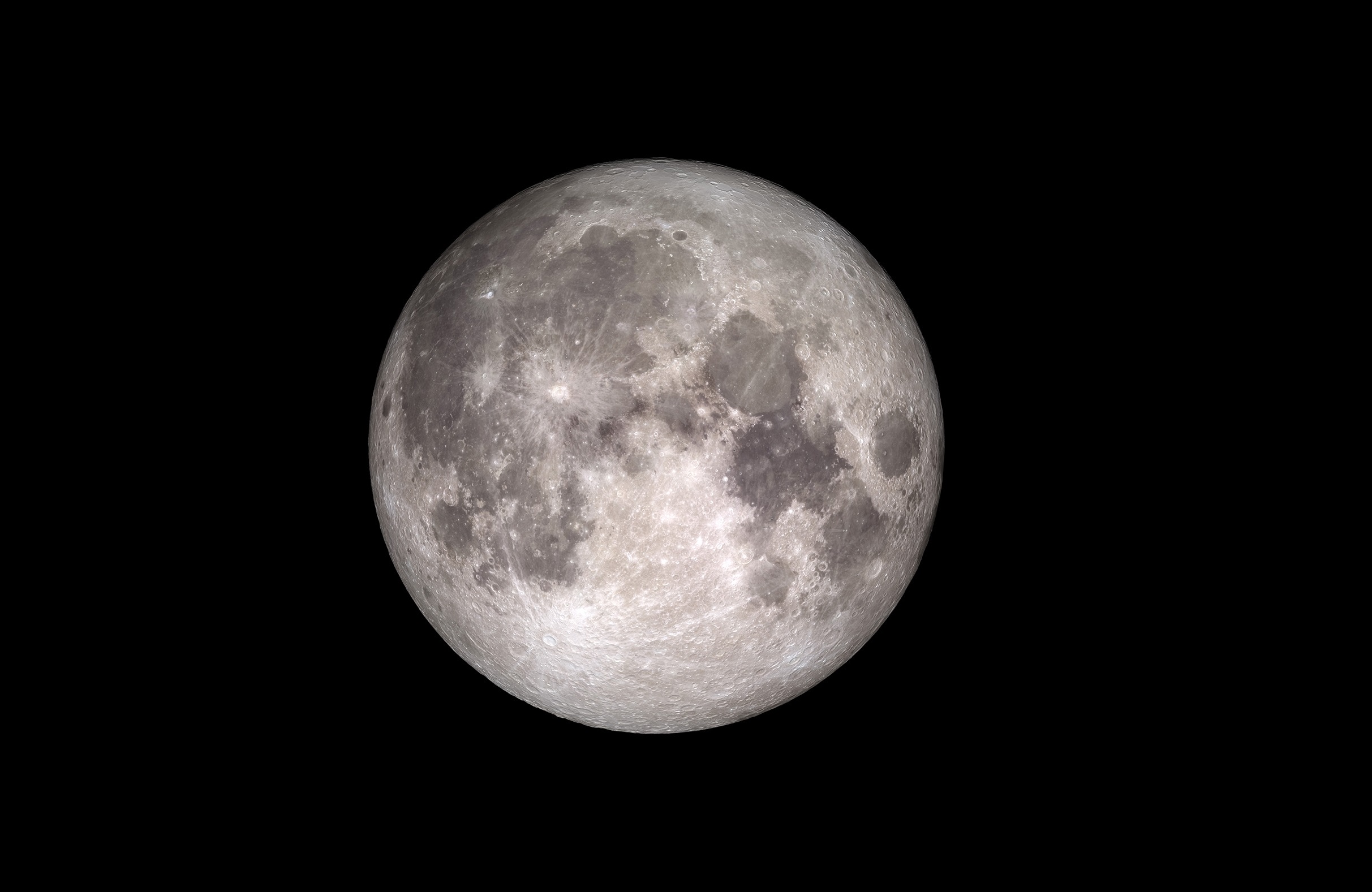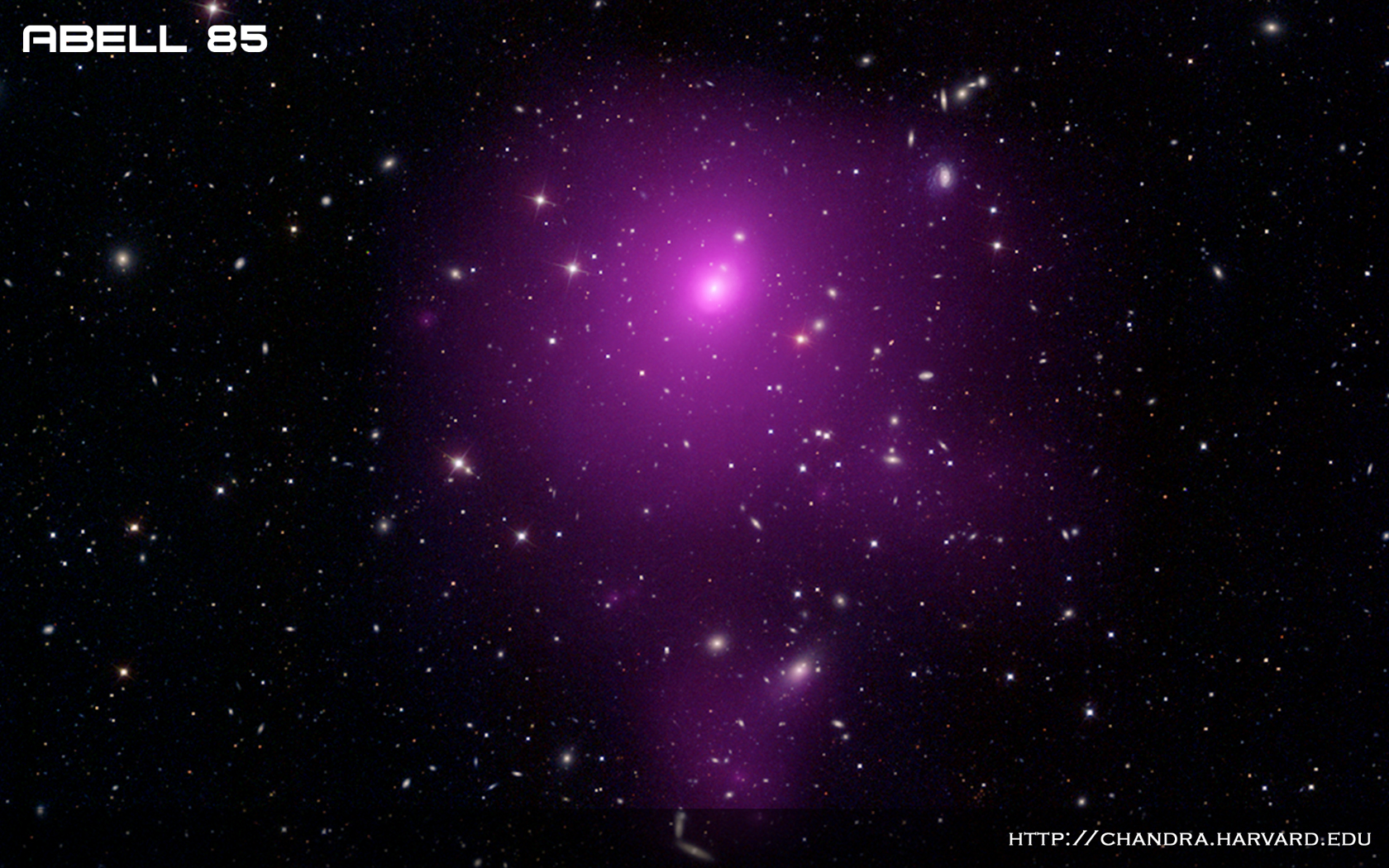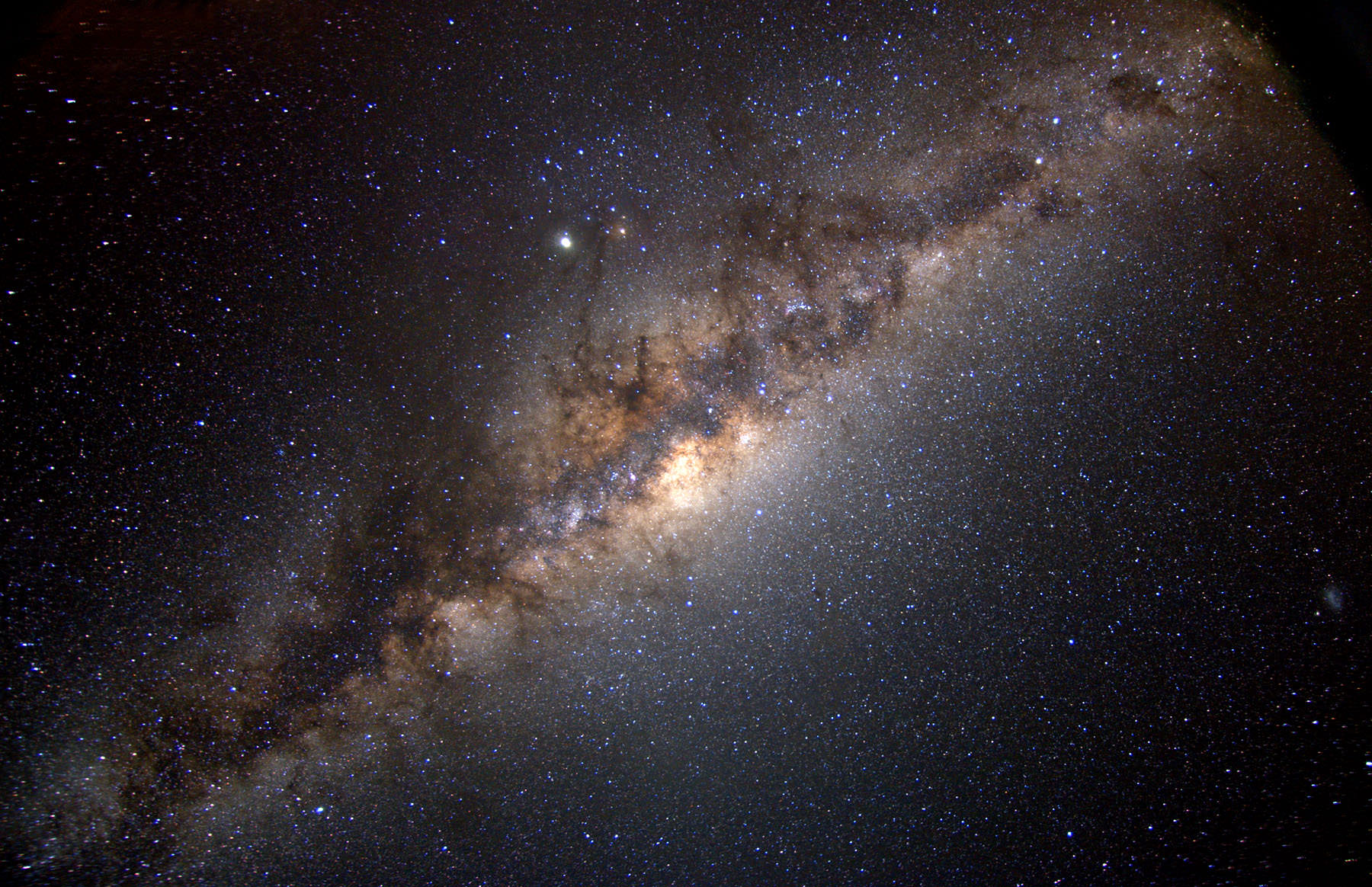In 2006, Peter Beck founded the US and New Zealand-based aerospace company Rocket Lab with the vision of reducing the costs of individual launches. Whereas companies like SpaceX and Blue Origin have sought to do this through the development of reusable rockets, Beck’s vision was to create a launch service that would use small rockets to send light payloads into orbit with regular frequency.
However, in a recent statement, Mr. Beck revealed that his company plans to begin recovering and reusing the first stage of its Electron launch vehicle. This change in direction will allow Rocket Lab to further increase the frequency of its launches by eliminating the need to build first stage rockets from scratch for every individual mission.
Continue reading “Rocket Lab is Going to try to Re-use its First Stage Booster, Catching it in Mid-air With a Helicopter”









